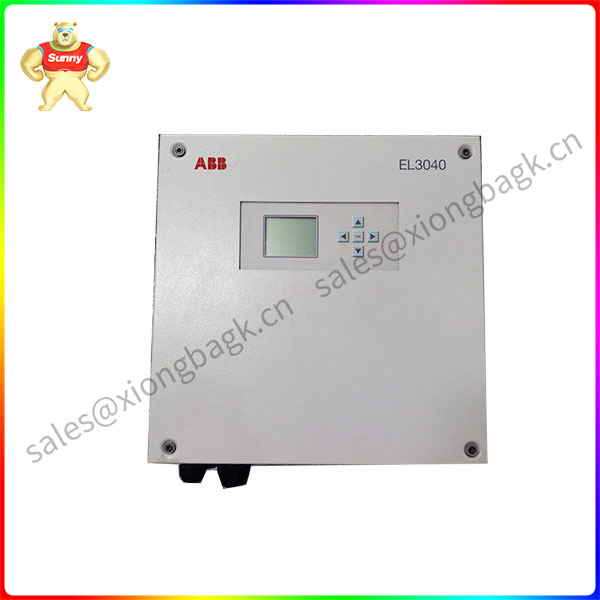Several months after the cancellation of the machine vision business line, Huawei Noah’s Ark Laboratory has officially released the MindSporeEditing underlying vision suite, which means that Huawei’s exploration in the field of machine vision is still continuing.
In addition to Huawei, ObI Zhongguang -UW24 evening also announced that it intends to invest 1 billion yuan to build a 3D vision perception manufacturing base, saying that to “seize the development opportunity of embodied intelligent robot industry”, the machine vision industry chain continues to be active. GGII predicts that the machine vision market in 2027 will more than triple from 2022, with nearly 40 billion market to be released. A stock market, Oufei light, Hikvision and other head manufacturers have already entered the game. However, people in the industry remind that at present, there is a gap between domestic parts and overseas parts, and the industry “internal volume” has intensified, and the industry opportunities and challenges coexist.
New opportunities for machine vision
According to the official wechat account of MindSpore, recently, Huawei Noah’s Ark Laboratory created the MindSpore Editing underlying visual suite based on MindSpore AI framework. It realized and unified design SOTA algorithms and models for mainstream underlying visual tasks and provided easy-to-use training and reasoning interfaces. And optimized for extreme performance based on MindSpore+Ascend. As a high-performance low-level visual development and application suite, MindSpore Editing has officially released version 1.0 in the Rise open source community for developers to use.
As soon as this news came out, the industrial chain was immediately agitated, and on the 23rd, the machine vision industrial chain collectively broke out, of which Allianz Insight rose by more than 15%, Daheng Technology rose by about 9.98%, and 
At present, the downstream machine vision industry has been widely used in the security industry and consumer electronics, photovoltaic, lithium and other fields of industrial production, with the recent hot humanoid robots, AI and other technologies rise, machine vision industry ushered in a new round of growth opportunities.
On the evening of the 24th, Obi Zhongguang announced that it intends to sign the “3D visual perception industry intelligent manufacturing base construction project Investment cooperation Agreement” with the People’s Government of Shunde District of Foshan City, investing in the construction of the “3D visual perception industry intelligent manufacturing base construction project”, the company plans to invest no less than 1 billion yuan in total investment, of which no less than 500 million yuan in fixed assets investment. At the same time, Obi also said that the investment project will help the company further expand the supply scale of 3D vision sensors and lidar, ensure that the company grasp the development opportunity of the embodied intelligent robot industry, and create AI vision and robot vision center in the era of artificial intelligence.
“With the continuous maturity of machine vision hardware solutions and the improvement of computing power, as well as the continuous improvement of machine vision software in various application solutions, 3D algorithms, AI models, etc., the breadth and depth of machine vision applications in the electronics industry will increase.” Oufei light told reporters.
GGII data show that the size of China’s machine vision market in 2022 is 17.065 billion yuan (the data does not include the scale of automated integrated equipment), of which the 2D vision market is about 15.224 billion yuan, and the 3D vision market is about 1.84 billion yuan; It is expected that by 2027, China’s machine vision market will exceed 56 billion yuan, of which the 2D vision market will exceed 40 billion yuan, and the 3D vision market will be close to 16 billion yuan.
Many listed companies have challenges in the layout of the industrial chain
The domestic machine vision field has formed a huge industrial chain, from the upstream link composed of hardware and software development and manufacturing of lenses, industrial cameras, image capture and processing systems, to the middle link of intelligent machine vision integration and assembly.
In addition, the transformation of 2D to 3D is also one of the industry trends. Lu Hanchen, director of Gaogong Robotics Research Institute, said that the original 2D vision has some technical limitations in terms of accuracy and distance measurement, and the market demand for 3D vision has begun to increase. Although the 3D vision system currently accounts for a small proportion of the entire visual system, it is undeniable that 3D vision is growing rapidly with the naked eye.
In the A stock market, there are a number of listed companies covering the upstream and downstream of the industrial chain, such as Obi Zhongguang, Opte, Ling Yunguang, Hikvision, Allianz Insight, and Oufei Light.
Obi is a 3D vision perception overall technology solution provider, is also the main domestic service robot 3D vision sensor provider, to provide robot customers with monocular structured light, binocular structured light, Lidar, iToF including complete vision perception products, and has up to 7 years of industry experience.
Its securities department staff also recently told reporters that the company’s 3D vision products can be used on humanoid robots. Lu Hanchen said that the vision sensors used by humanoid robots are more binocular, and at present, Obi Zhongguang is one of the few domestic enterprises with binocular machine vision.
Allianz Insight is a security ODM manufacturer whose main products are camera products used in machine vision systems. Its securities department recently told reporters that the company has long-term cooperation with Huawei and manufactures products in the field of machine vision for Huawei. It is understood that in 2020, the company established a JDM joint development model with Huawei, and Huawei was the largest engineering customer of the company at that year, accounting for more than 90% of sales.
 中文版
中文版




